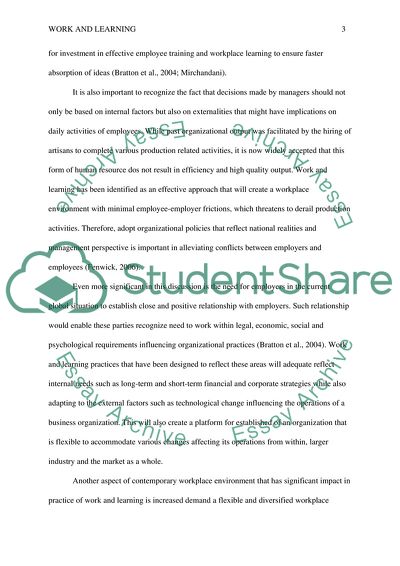Cite this document
(Human Resource Management /Work and Learning ( HRMT406 ) Assignment, n.d.)
Human Resource Management /Work and Learning ( HRMT406 ) Assignment. https://studentshare.org/human-resources/1843357-human-resource-management-work-and-learning-hrmt406
Human Resource Management /Work and Learning ( HRMT406 ) Assignment. https://studentshare.org/human-resources/1843357-human-resource-management-work-and-learning-hrmt406
(Human Resource Management /Work and Learning ( HRMT406 ) Assignment)
Human Resource Management /Work and Learning ( HRMT406 ) Assignment. https://studentshare.org/human-resources/1843357-human-resource-management-work-and-learning-hrmt406.
Human Resource Management /Work and Learning ( HRMT406 ) Assignment. https://studentshare.org/human-resources/1843357-human-resource-management-work-and-learning-hrmt406.
“Human Resource Management /Work and Learning ( HRMT406 ) Assignment”. https://studentshare.org/human-resources/1843357-human-resource-management-work-and-learning-hrmt406.


